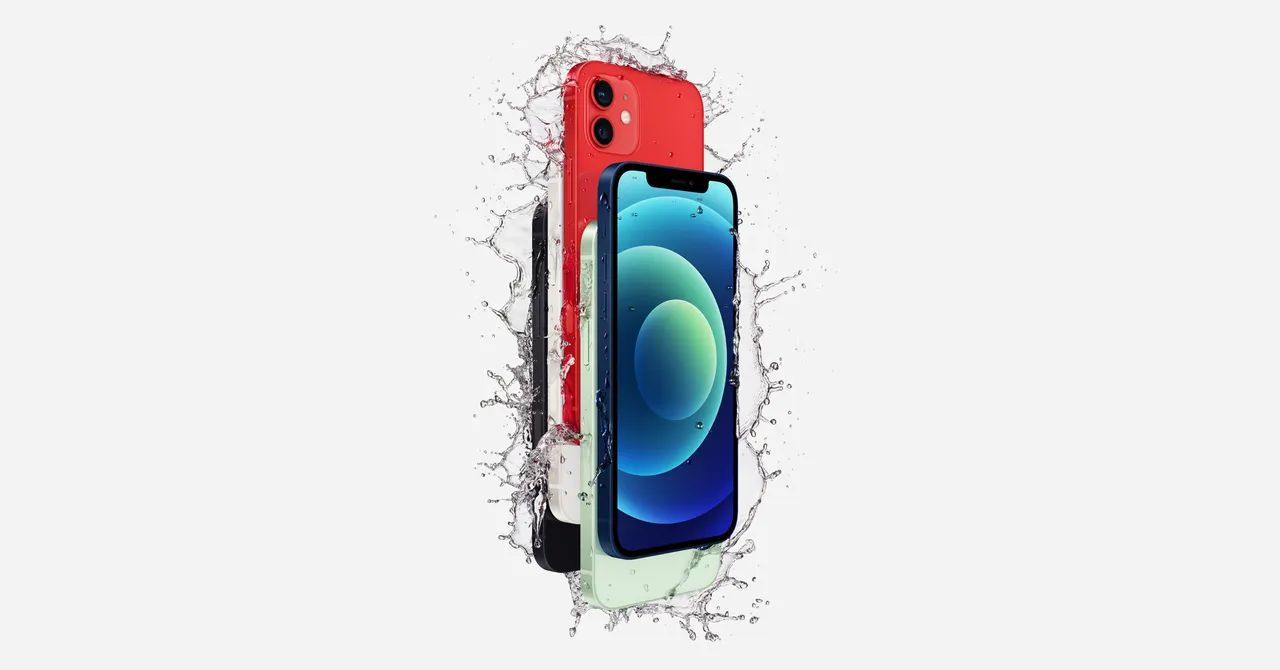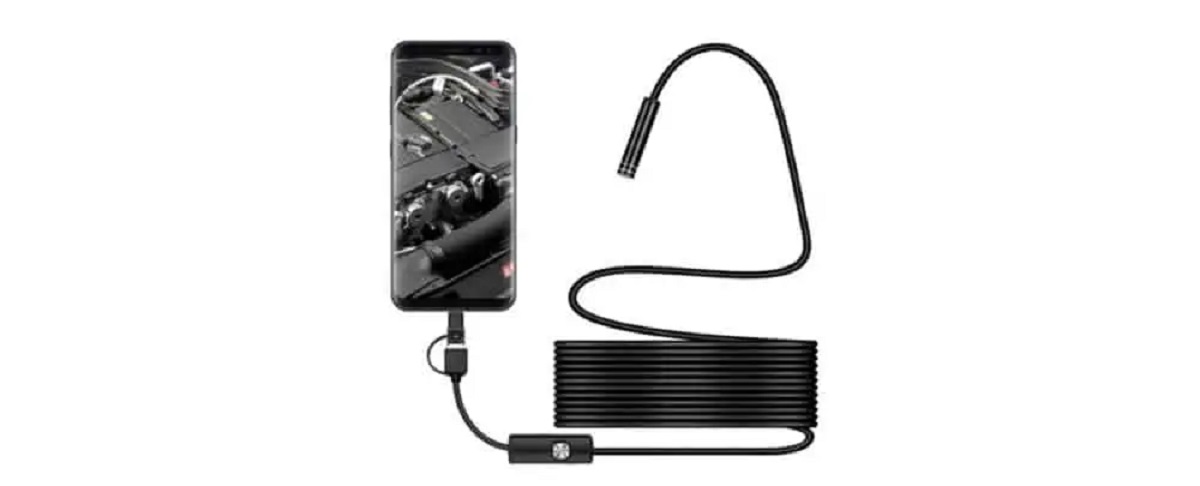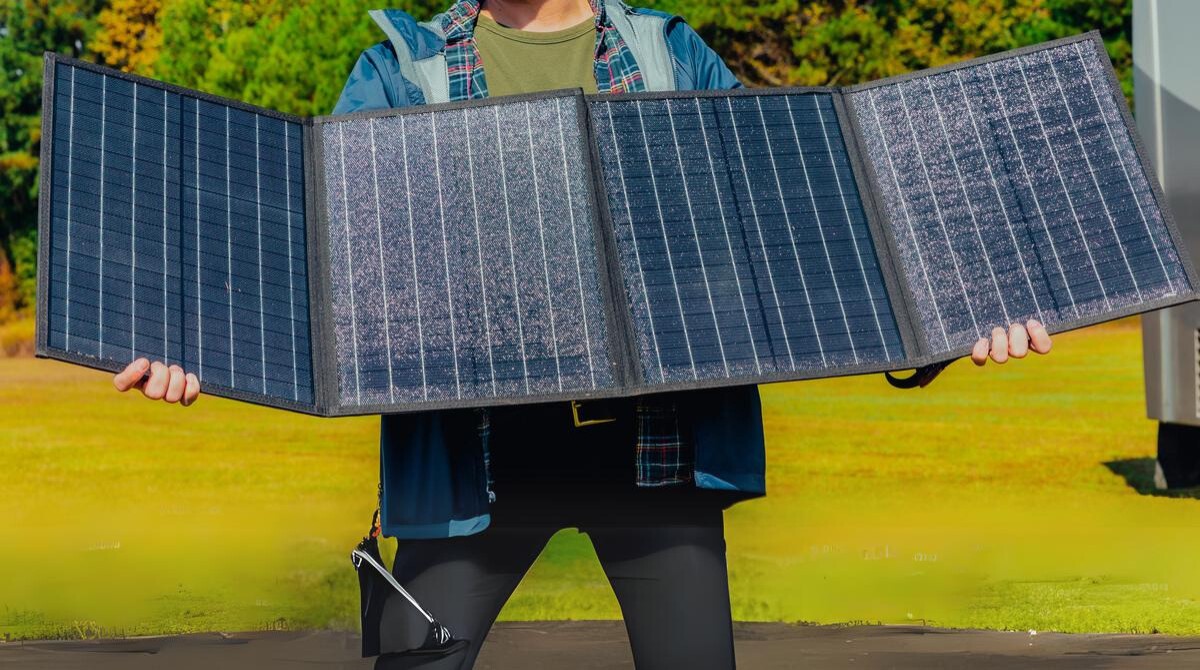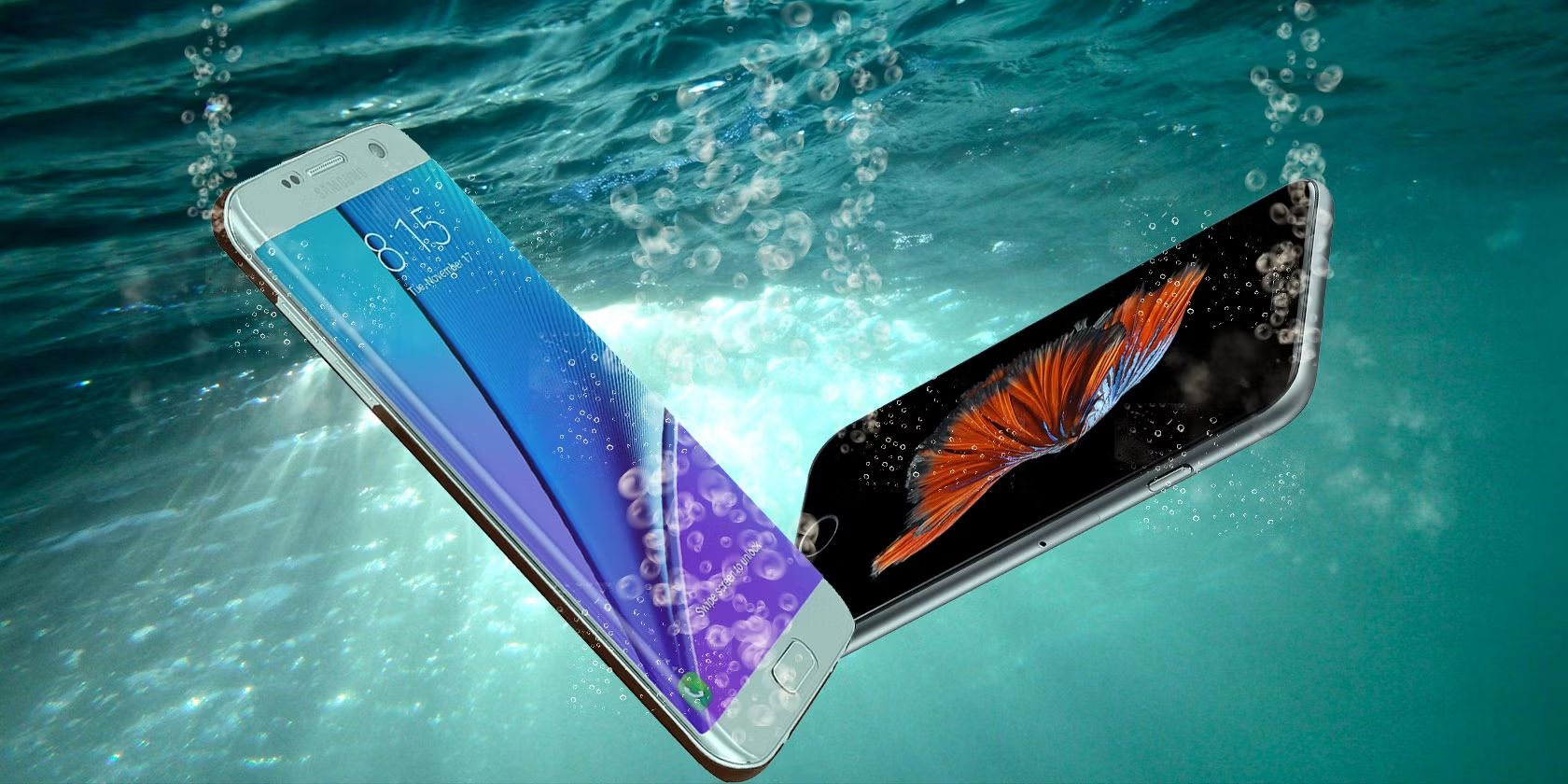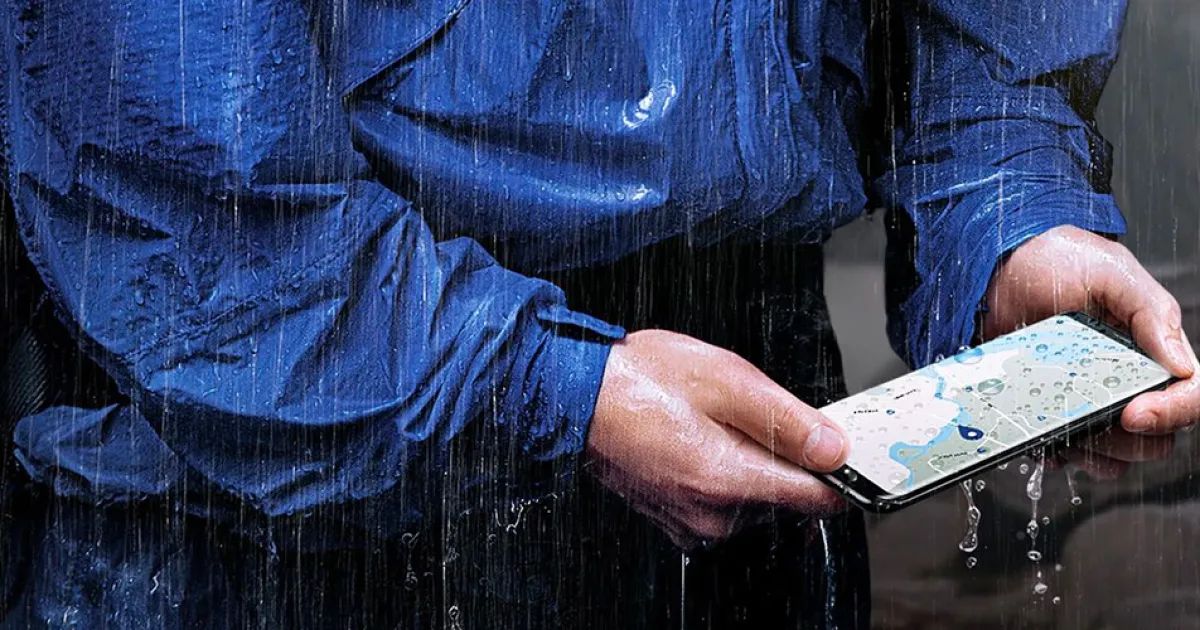Introduction
Smartphones have become an integral part of our daily lives, serving as our communication hub, entertainment source, and productivity tool. However, despite their advanced technology and sleek designs, these devices are not immune to malfunctions and damage. One of the most common and concerning issues faced by smartphone users is water damage. Accidental spills, unexpected rain showers, or even a momentary slip into a pool can spell disaster for your beloved device. Understanding how to effectively fix your phone and maintain its waterproofing capabilities is crucial for ensuring its longevity and optimal performance.
In this comprehensive guide, we will delve into the intricacies of smartphone waterproofing, explore common phone issues that arise from water damage, and provide practical and effective methods for addressing these issues. Furthermore, we will discuss proactive measures to maintain the waterproofing integrity of your device, empowering you to safeguard your investment and enjoy a seamless smartphone experience.
As we embark on this journey, it's essential to recognize the significance of addressing water damage promptly and effectively. By equipping yourself with the knowledge and techniques outlined in this guide, you can mitigate the detrimental effects of water exposure on your phone and extend its lifespan. Let's dive into the world of smartphone waterproofing and discover the effective solutions that will empower you to conquer water-related challenges and preserve the functionality of your device.
Understanding Waterproofing
Smartphone waterproofing is a crucial feature designed to protect devices from water intrusion, safeguarding their internal components and ensuring reliable performance in diverse environmental conditions. This technology has evolved significantly, with manufacturers implementing various methods to enhance the water resistance of modern smartphones.
The primary goal of waterproofing is to create a barrier that prevents water from seeping into the intricate internal circuitry of the device. This is achieved through the strategic integration of specialized seals, adhesives, and gaskets, along with meticulous design considerations that minimize potential entry points for water. Additionally, the use of hydrophobic coatings on internal components further fortifies the device against water damage.
IP (Ingress Protection) ratings serve as a standardized metric for evaluating the waterproofing capabilities of electronic devices, including smartphones. These ratings consist of two digits, with the first digit representing protection against solid particles and the second digit denoting resistance to water. For example, a device with an IP68 rating is deemed highly resistant to dust and can withstand immersion in water up to a certain depth for a specified duration.
It's important to note that while waterproofing technology has advanced significantly, it is not infallible. Factors such as wear and tear, physical damage, and exposure to harsh chemicals can compromise the integrity of the waterproofing measures. Therefore, users should exercise caution and adhere to manufacturer guidelines to maintain the water resistance of their smartphones.
Understanding the intricacies of smartphone waterproofing empowers users to make informed decisions regarding the care and protection of their devices. By recognizing the measures taken to fortify smartphones against water damage, individuals can appreciate the value of preserving these protective features and taking proactive steps to uphold the waterproofing integrity of their devices.
Common Phone Issues
Water damage can wreak havoc on smartphones, giving rise to a myriad of issues that compromise the device's functionality and performance. Understanding these common phone issues resulting from water exposure is essential for promptly addressing the damage and implementing effective solutions. Here are the prevalent issues encountered after a phone comes into contact with water:
-
Screen Malfunction: Water infiltration can cause erratic touchscreen behavior, unresponsive gestures, or the appearance of dark spots or lines on the screen. This impairment not only hinders the user experience but also indicates potential damage to the display components.
-
Audio Distortion: Water can interfere with the speakers, microphone, and audio output of the device, leading to muffled sound, distorted audio playback, or complete loss of sound functionality. This can significantly impact communication and multimedia experiences.
-
Charging Problems: Water exposure may disrupt the charging port, resulting in intermittent charging, failure to recognize the charging cable, or the inability to charge the device altogether. This issue impedes the essential task of keeping the phone powered and ready for use.
-
Camera Dysfunction: The camera modules of smartphones are susceptible to water damage, manifesting as blurry images, foggy lenses, or a complete failure to launch the camera app. This impediment affects the device's photography and videography capabilities.
-
Power On/Off Issues: Water infiltration can cause the device to power off unexpectedly, experience frequent restarts, or fail to power on altogether. These issues indicate potential damage to the internal circuitry and power management systems.
-
Corrosion and Oxidation: Prolonged exposure to water can lead to corrosion and oxidation of internal components, jeopardizing the overall functionality and longevity of the device. This hidden damage may manifest gradually, impacting the device's performance over time.
-
Data Loss and Software Glitches: Water damage can result in data corruption, loss of stored information, and erratic software behavior, leading to app crashes, system instability, and potential data loss. This poses a significant threat to the user's personal and professional data.
By familiarizing oneself with these common phone issues stemming from water damage, individuals can promptly identify the symptoms of water-related impairment and take proactive measures to address the underlying problems. The subsequent section will delve into effective ways to fix these phone issues and restore the device to optimal functionality.
Effective Ways to Fix Your Phone
Addressing water damage and its associated issues requires a strategic and meticulous approach to restore the functionality of your smartphone. Here are effective ways to fix common phone issues resulting from water exposure:
-
Immediate Shutdown: If your phone comes into contact with water, swiftly power it off to prevent potential short circuits and minimize the risk of internal damage. Avoid attempting to use the device or charging it until it has been thoroughly dried and assessed for any signs of water infiltration.
-
Drying Process: Remove any protective case and SIM card, then gently pat the exterior of the phone with a soft, absorbent cloth to remove surface moisture. Avoid using heat sources such as hair dryers or direct sunlight, as excessive heat can exacerbate damage to internal components. Instead, place the phone in a desiccant material, such as uncooked rice or silica gel packets, to facilitate the drying process. Allow the phone to remain in the desiccant for at least 24-48 hours, periodically checking for signs of moisture absorption.
-
Professional Assessment: If the water exposure was extensive or the phone exhibits persistent issues after the drying process, seeking professional assessment from authorized service centers or technicians specializing in smartphone repairs is advisable. These experts can conduct a thorough inspection, diagnose the extent of the damage, and implement precise repairs to restore the device to optimal functionality.
-
Screen and Component Inspection: After the drying process, carefully inspect the screen, camera lenses, charging port, and other exposed components for signs of moisture or residue. Use a magnifying glass or bright light to detect any lingering water particles or corrosion. If present, gently clean the affected areas with a soft, lint-free cloth and a small amount of high-purity isopropyl alcohol to remove any moisture or impurities.
-
Battery and Power Management: If your phone's battery has been exposed to water, refrain from attempting to charge the device immediately. Instead, allow the battery to dry thoroughly before attempting to power on the phone. If the battery exhibits signs of swelling, overheating, or unusual behavior, seek professional assistance to ensure safe handling and potential replacement.
-
Software Assessment: In cases of water damage, erratic software behavior or data loss may occur. Perform a comprehensive assessment of the device's software functionality, including app performance, data integrity, and system stability. If persistent software issues arise, consider backing up your data and performing a factory reset to mitigate potential software glitches caused by water damage.
By implementing these effective methods, individuals can mitigate the adverse effects of water exposure on their smartphones and restore the devices to optimal functionality. Additionally, proactive measures to maintain the waterproofing integrity of the phone can significantly reduce the risk of future water-related issues, ensuring a seamless and reliable user experience.
Maintaining Waterproofing
Maintaining the waterproofing integrity of your smartphone is paramount for preserving its resilience against water damage and ensuring long-term reliability. By adopting proactive measures and adhering to best practices, you can safeguard your device's waterproofing capabilities and minimize the risk of water-related issues. Here are essential strategies for maintaining the waterproofing of your smartphone:
-
Protective Cases and Covers: Invest in high-quality, water-resistant cases and covers designed specifically for your smartphone model. These accessories provide an additional layer of protection against water intrusion, safeguarding the device during accidental spills, rain exposure, or outdoor activities. Ensure that the cases and covers feature precise cutouts for ports and buttons, maintaining accessibility without compromising waterproofing.
-
Regular Inspection and Cleaning: Periodically inspect your smartphone for signs of wear, tear, or damage to the external seals and gaskets. Look for any accumulation of dust, debris, or residues around the device's ports, speakers, and microphone openings. Use a soft brush or compressed air to gently remove any contaminants that may compromise the waterproofing integrity. Additionally, wipe the device with a slightly damp, lint-free cloth to maintain cleanliness without exposing it to excessive moisture.
-
Avoiding Prolonged Submersion: While modern smartphones boast impressive water resistance, it is advisable to avoid prolonged submersion in water or exposure to high-pressure water sources. Limiting the duration and depth of water exposure can help preserve the effectiveness of the device's waterproofing measures and reduce the likelihood of potential damage.
-
Careful Charging and Port Maintenance: Exercise caution when charging your smartphone, ensuring that the charging port is free from moisture, dust, and debris before connecting the charging cable. Avoid inserting the cable forcefully or at an angle, as this may compromise the seal and expose the port to potential water infiltration. Additionally, use genuine charging accessories recommended by the device manufacturer to maintain optimal compatibility and safety.
-
Environmental Awareness: Be mindful of the environmental conditions in which you use your smartphone. Avoid exposing the device to extreme temperatures, high humidity, or corrosive substances, as these factors can impact the waterproofing integrity and overall performance of the device. When engaging in outdoor activities or traveling to challenging environments, take proactive measures to shield the smartphone from water exposure and environmental hazards.
-
Manufacturer Guidelines and Updates: Stay informed about the manufacturer's guidelines for maintaining the waterproofing of your smartphone. Adhere to recommended practices for cleaning, storage, and usage, as outlined in the user manual or official support documentation. Additionally, install software updates provided by the manufacturer to ensure that the device's waterproofing features are optimized and maintained through firmware enhancements.
By integrating these proactive strategies into your smartphone usage and maintenance routine, you can effectively preserve the waterproofing capabilities of your device and minimize the risk of water-related damage. Embracing a proactive approach to maintaining waterproofing empowers you to enjoy the full benefits of your smartphone's resilience against water exposure, ensuring a reliable and durable user experience.
Conclusion
In conclusion, the impact of water damage on smartphones can be profound, leading to a myriad of issues that compromise the device's functionality and user experience. However, by understanding the intricacies of smartphone waterproofing and familiarizing oneself with effective solutions, individuals can mitigate the adverse effects of water exposure and maintain the longevity of their devices.
Waterproofing technology has significantly evolved, with manufacturers implementing advanced measures to fortify smartphones against water intrusion. From specialized seals and adhesives to hydrophobic coatings, these protective features are designed to safeguard internal components and ensure reliable performance in diverse environmental conditions. Understanding the nuances of waterproofing empowers users to appreciate the value of these protective measures and take proactive steps to uphold the water resistance of their devices.
The common phone issues resulting from water exposure, including screen malfunction, audio distortion, charging problems, and corrosion, underscore the critical need for prompt and effective solutions. By embracing methods such as immediate shutdown, thorough drying processes, professional assessment, and meticulous component inspection, individuals can address water-related issues and restore their smartphones to optimal functionality.
Furthermore, the proactive maintenance of waterproofing integrity is essential for minimizing the risk of water damage and preserving the resilience of smartphones. Through the adoption of protective cases, regular inspection and cleaning, careful charging practices, and environmental awareness, users can significantly reduce the likelihood of water-related issues and ensure the long-term reliability of their devices.
In essence, the effective management of water damage and the maintenance of waterproofing capabilities are pivotal in safeguarding the investment in smartphones and enjoying a seamless user experience. By integrating the insights and strategies presented in this guide, individuals can navigate the challenges of water exposure with confidence, empowering them to conquer water-related issues and preserve the functionality of their devices for years to come.







